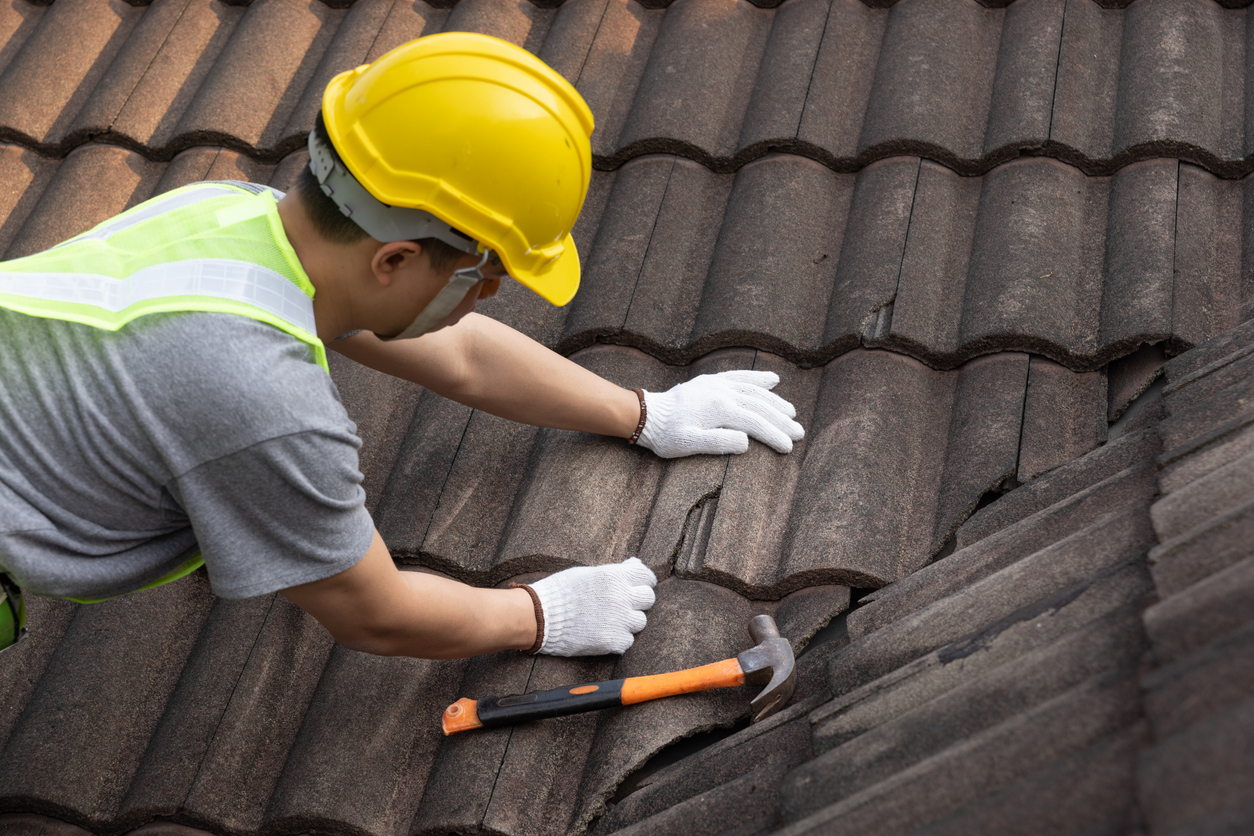Insurance claims for roof damage can be a critical matter for homeowners dealing with the aftermath of severe weather conditions or unexpected accidents. Roof damage can vary widely, from minor leaks to catastrophic collapses. Understanding the insurance claim process is essential for an efficient and effective resolution.
Navigating the claim process requires knowledge of the policy details, the extent of the damage, and the steps needed to file a claim. Homeowners must be able to accurately assess the damage and document it comprehensively, which is a fundamental step in the claims process. Insurance companies will investigate the cause and extent of the damage to determine the amount of coverage provided under the policy.
Homeowners should conduct regular inspections, keep their roofs in good repair to prevent unnecessary damage and understand their insurance policy's specific requirements and coverage limits. Immediate reporting of damage to the insurer can expedite the claims process and lead to quicker repairs, which helps to avoid further damage and additional costs.
Understanding the Basics of Roof Damage Claims
When filing a roofing claim, homeowners must understand the types of roof damage that are commonly covered by insurance and the causes that lead to such damage. Recognizing these aspects can facilitate smoother claims processing.
Types of Roof Damage
• Wind Damage: This manifests as missing shingles or damaged flashing, often due to strong winds.
• Hail Damage: Characterized by dents or bruising on shingles, indicating hail strikes.
• Aging and Wear: Over time, shingles can crack or curl, reducing roof integrity.
• Debris Damage: Falling objects such as tree limbs can puncture or fray roofing materials.
Common Causes of Roof Damage
• Weather Events: Severe storms, hail, wind, and rain are primary culprits of roof damage.
• Lack of Maintenance: Neglecting regular inspections and upkeep can exacerbate minor issues.
• Poor Installation: Roofers in Gresham must ensure correct installation to prevent premature roof failures.
• Material Quality: The lifespan of a roof is also dependent on the quality of materials used.
The Insurance Claims Process for Roof Repairs
When a homeowner experiences roof damage, navigating the insurance claims process is critical to cover the costs of repairs. This section provides a clear overview of each step, from initial claim filing to repair authorization, ensuring they can confidently approach the repair with a company like Gresham Roofing & Repair.
Filing Your Claim
Once roof damage is discovered, the homeowner should immediately contact their insurance provider to file a claim. They need to provide detailed information about the extent of the damage and any related incidents. It is beneficial to document the damage with photographs and a written description. If they have chosen a roofing contractor such as Gresham Roofing & Repair, including the company's estimate can expedite the process.
Inspection and Assessment
Following the claim filing, the insurance company will typically send an adjuster to inspect the roof damage. During this stage, ensuring thorough documentation and evidence of the damage is key. The adjuster assesses the severity and cause of the roof damage and determines if it falls under the coverage terms.
Claim Approval and Repair Authorisation
Once the insurance adjuster completes the inspection and assessment, they will decide on claim approval. If the claim is approved, the homeowner will receive detailed information regarding the payout amount and the process to begin repairs. Homeowners should obtain written authorization before proceeding with any repair work. Roofing contractors, like Gresham Roofing & Repair, will then receive the green light to start repairing the roof according to the agreed terms with the insurance provider.
Repair commencement is contingent upon the approval of the financial aspects by both parties involved - the homeowner and their insurance company.











